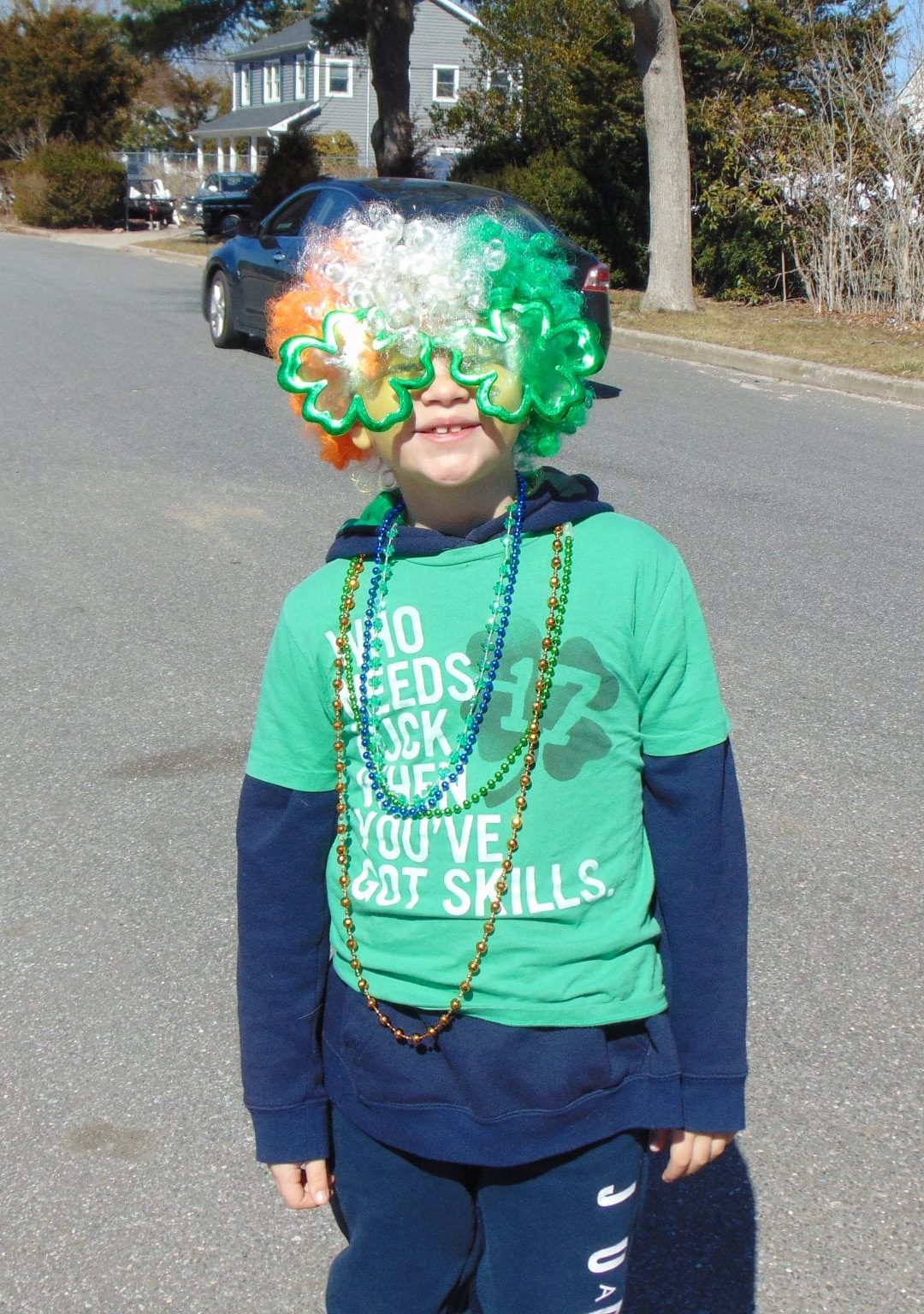
You have LOAM if, after opening your hands, the soil maintains its shape, forming a ball. If you touch the sample, it does not fall apart.Ģ. You have CLAY if, after opening your hands, the soil maintains its shape, forming a ball. Simply squeeze the soil sample and one of the following events will occur.ġ. The soil should be a little damp, but not recently watered or wet. For this test, you will need a healthy handful of soil from the layer beneath the topmost piece of soil. In order to determine the type of soil in your yard, try this test to give you a basis for finding the best matched trees. Regardless of the property’s location in The Empire State, a soon-to-be tree planter can perform a simple test to determine his/her soil type. The soil can be slightly acidic, though it is generally quite fertile and neutral in subsoil layers. Honeoye soil covers over half a million acres of New York, and the soil is useful for planting corn, soybeans, wheat, oats, vegetables, alfalfa, grapes, apples, and grasses for grazing. Most trees require well-drained soil rich with minerals to grow. Winters can be quite cold, with temperatures lingering at sub-0☏, though typically they remain in the upper 20s and lower 30s. Hot, humid days are more frequent in the New York City region, where averages climb into the low 90s. Summers throughout the state are moderately mild, with daily averages in the 70s and 80s. New York City, Long Island, and the lower portions of the Hudson Valley are warmer.

In upstate New York, as well as in the Catskills, Adirondacks, and both northern and southern plateaus, temperatures are cooler. The annual temperatures and humidity ranges vary based on region. The climate of the state is variable, sometimes matching a humid continental climate and sometimes a humid subtropical climate. The 27 th largest state, New York is the third most-populous in the United States, owning in large part to New York City. In addition, New York residents can also choose from the Leyland Cypress or Nellie Stevens Holly to form the perfect private paradise. Reaching at least 15 feet in height, the American Holly forms dense evergreen walls reminiscent of hedge mazes.

Growing throughout the United States, American Holly is adaptable, fast-growing, and colorful. Planting trees along yard perimeters will add both privacy and beauty to the New Yorker yard.Īlthough there are many options from which to choose, in New York, a planter cannot be mistook by the American Holly. It is no wonder that New York residents may notice new homes being built nearby, new developments and shopping centers popping up, and highways carrying loud cars laid in bulk near their home. The state of New York is renowned throughout the United States as a comfortable, healthy, and safe state in which to abide. Ideal for providing fast-growing privacy, cultivated borders, and effortless growth. Ideal for bearing fruit, providing color, and delicious, edible profits. Ideal for continuous color, adaptable growing conditions, and landscaping designs. Ideal for providing fast-growing shade, year-round beauty, and drought resistance.

If you’re looking for some quick ideas on what to plant, consider the following trees as expert-tested and The Tree Center approved: Read about the specifics for your state in the following sections. Although the Sugar Maple can be sturdy tree for planting, offering both edible investment and valuable shade, New York planters have many other varieties of trees to choose from.ĭue to its large size, severe weather, and varied temperatures, the smart New York grower will need to consider the following: The seeds must be exposed to at least 90 days of freezing temperatures in order to soften the exterior for spring germination. The seeds are paired and break off in the autumn, spinning to the ground. A moderately tall deciduous hardwood, the Sugar Maple can reach heights of 115 feet, with round-notched maple leaves and “pinwheel” seeds. A native hardwood to northern stretches of the United States and eastern and southern regions of Canada, the Sugar Maple offers bright orange fall foliage and the delicacy maple syrup. It is fitting, then, that New York residents adopted the Sugar Maple as the state tree in 1956. If this data is unavailable or inaccurate and you own or represent this business, click here for more information on how you may be able to correct it.The Empire State is known for New York City, its picturesque upstate pastures, and its historical roots in American culture. VIEW ADDITIONAL DATA Select from over 115 networks below to view available data about this business.


 0 kommentar(er)
0 kommentar(er)
